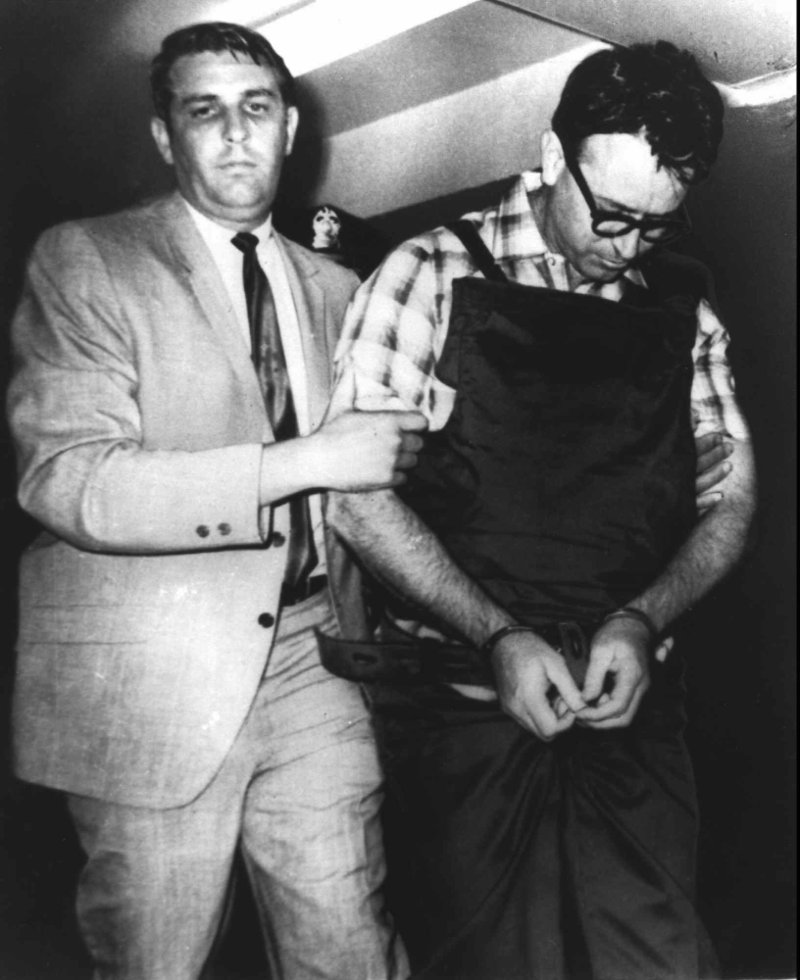On March 10, 1969, James Earl Ray pleads guilty to the
assassination of Martin Luther King Jr., and was sentenced to 99 years in
prison. On April 4, 1968, in Memphis, Tennessee, King was fatally wounded by a
sniper's bullet while standing on the balcony outside his second-story room at
the Motel Lorraine. That evening, a rifle was found on the sidewalk beside a
rooming house one block from the Lorraine Motel.
Over the next several weeks, the rifle, eyewitness
reports, and fingerprints on the weapon all implicated a single suspect:
escaped convict James Earl Ray. A two-bit criminal, Ray escaped a Missouri prison
in April 1967 while serving a sentence for robbery. In May 1968, a massive
manhunt for Ray began. The FBI eventually determined that he had obtained a
Canadian passport under a false identity, which at the time was relatively
easy. On June 8, Scotland Yard investigators arrested Ray at a London airport.
Ray was trying to fly to Belgium, with the eventual goal, he later admitted, of
reaching Rhodesia. Extradited to the U.S., Ray stood before a Memphis judge in
March 1969 and pled guilty to King's murder in order to avoid the electric
chair. Three days later, he attempted to withdraw his guilty plea, claiming
that he was innocent of King's assassination and had been set up as a patsy in
a larger conspiracy. He claimed that in 1967 a mysterious man named
"Raoul" had approached him and recruited him into a gunrunning
enterprise. On April 4, 1968, however, he realized that he was to be the fall
guy for the King assassination and fled for Canada. Ray's motion was denied, as
were his dozens of other requests for a trial over the next 29 years.
Over the years, the assassination has been reexamined by
the House Select Committee on Assassinations, the Shelby County, Tennessee,
district attorney's office, and three times by the U.S. Justice Department. All
of these investigations have ended with the same conclusion: James Earl Ray
killed Martin Luther King. The House committee acknowledged that a low-level
conspiracy might have existed, involving one or more accomplices to Ray, but
uncovered no evidence to definitively prove this theory. In addition to the
mountain of evidence against him, such as his fingerprints on the murder weapon
and admitted presence at the rooming house on April 4, Ray had a definite motive
in assassinating King: hatred. According to his family and friends, he was an
outspoken racist who told them of his intent to kill Martin Luther King. He
died in 1998.



No comments:
Post a Comment